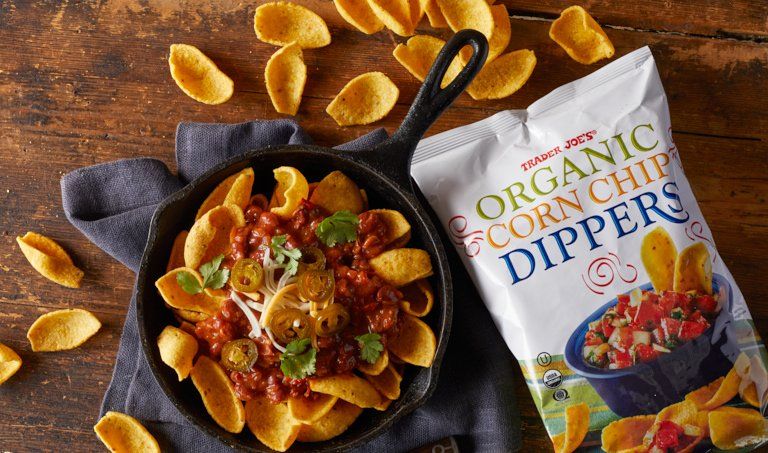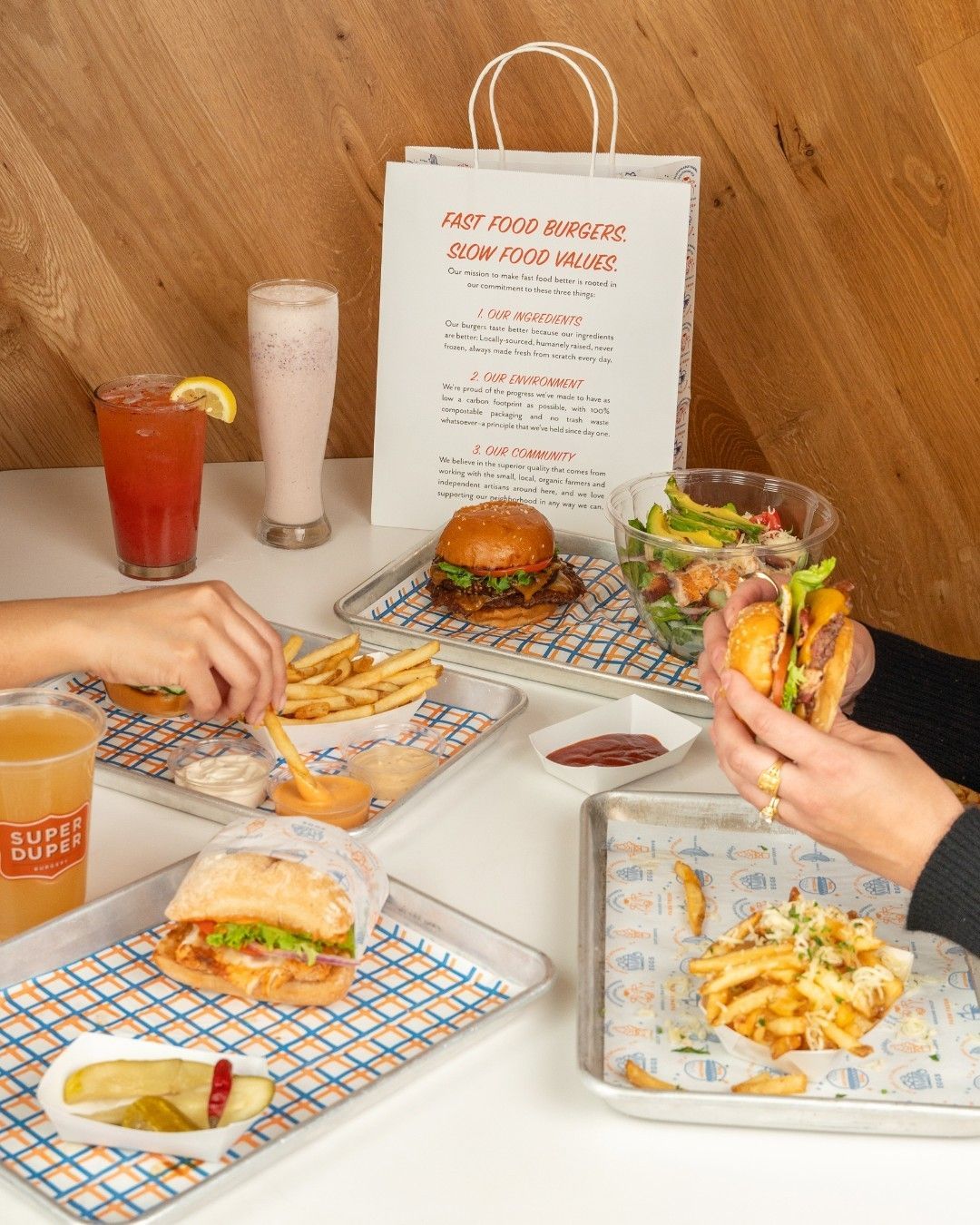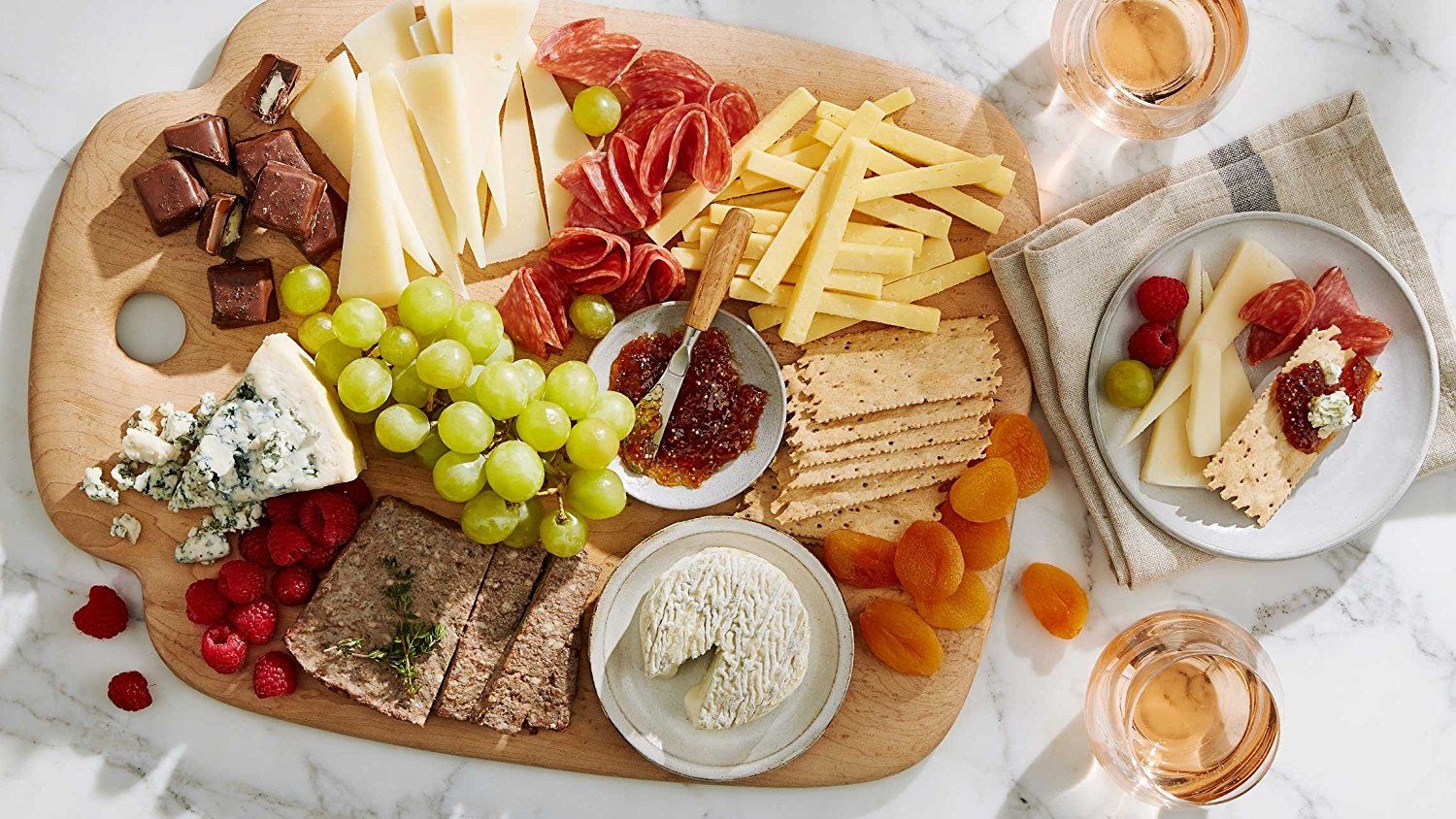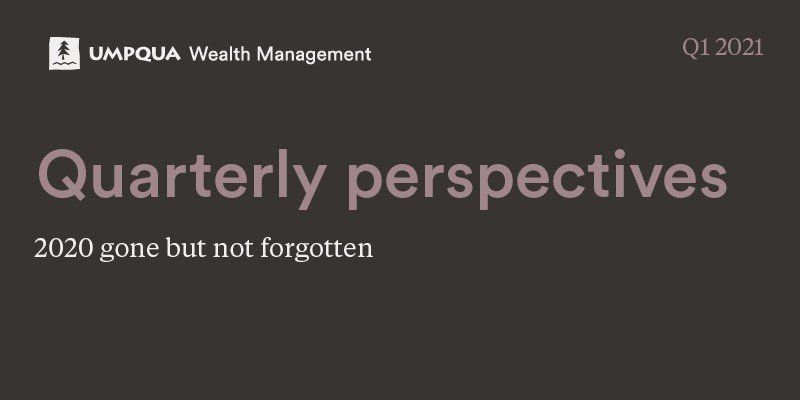ICED COFFEE VS. COLD BREW
Is that the question, or is it just a matter of taste?
WHAT’S THE DIFFERENCE BETWEEN ICED COFFEE AND COLD BREW?
We’re often asked if these two beverages are the same thing. They’re not. From time to flavor, there’s a distinct difference between the iced coffee vs. cold brew. For starters, there’s about 12 hours’ difference in their preparation. Let’s start with that—where’s that time difference coming from?

ICED COFFEE
Basically, the “over ice” method (aka “iced coffee”) involves brewing a hot cup of coffee as you normally would … but brewing it over ice cubes. So, let’s say you use the pour-over Hario filter method. If you usually use a ratio of 16 parts water to 1 part coffee, halve the water and use only 8 parts water. Then, make up the other half in ice cubes and put them directly into your glass server. As you pour the hot water over the coffee grounds, and it begins to seep through the filter and into the server, it will melt the ice cubes you placed there. The hot brew rapidly melts those ice cubes and adds volume to the final drink, which is why you need to reduce the quantity of brew water you add. If you end up with a finished drink that’s too strong, you can always dilute it to taste later. But if you start off brewing too weak, you can’t add strength back in. (Note: If you’re not used to weighing your ingredients to make coffee, check out the table at the end of this article—we’ve put in the right measurements there for easy reference.)
As soon as the brew is completed, bottle it and put it in the refrigerator. Brewing with hot water means you rapidly extract bright notes. Cooling it straight away by putting it into the refrigerator slows down oxidation—or the loss of flavors—and by-production of any off tastes, you know, those pot-stewed-forever-on-a-brewer kind of tastes. We have our viewpoint on what makes a good iced coffee, and it’s that the sweet-forward fruit notes inherent in East African coffees shine in a cold cup. Which is why we developed and suggest medium-roast Baridi Blend, highlighting the fruity notes of East Africa and Central America, as the perfect blend for iced coffee. Or take it up a notch with our recipe for Minty Iced Coffee.

COLD BREW
“Cold Brew”, by contrast, is a slow brew style in which cold water is poured over coarsely ground coffee and left to infuse slowly for at least 12 hours in the refrigerator. When you’re brewing with hot water, the coffee is highly soluble, and you can “over-extract” easily. But cold water takes a lot longer to extract coffee flavors, hence the crazy-sounding brew time of 12 to 15 hours.
Additionally, cold brewing extracts different flavor notes than hot, resulting in a smoother, less acidic-tasting cup. The slow extraction delivers a mellower drink, free of the bitterness you would get in such a long extraction period if the water were hot. Even after 15 hours of infusion in the refrigerator, the cold brew method won’t produce bitter, stewed notes.
As with the iced coffee method, a much higher concentration of coffee to water than usual yields a better brew; try 5 parts water to one-part coffee. You can always dilute later. To see how it’s done, check out our video here. (If you’re not used to weighing your ingredients, see the measurements in the table below.)
At the end of the day, as with all things coffee, your taste reigns supreme. Experiment and see which method you prefer. We have our viewpoint on what coffee is best suited to cold, and we created Baridi Blend to reflect that taste. But we’ll never tell you your preference is wrong—your palate is your own best judge. So, try it with light-roast Costa Rica Aurora, try it with medium-roast single origin Brazil or any other number of coffees we recommend using and see what sits best for you.

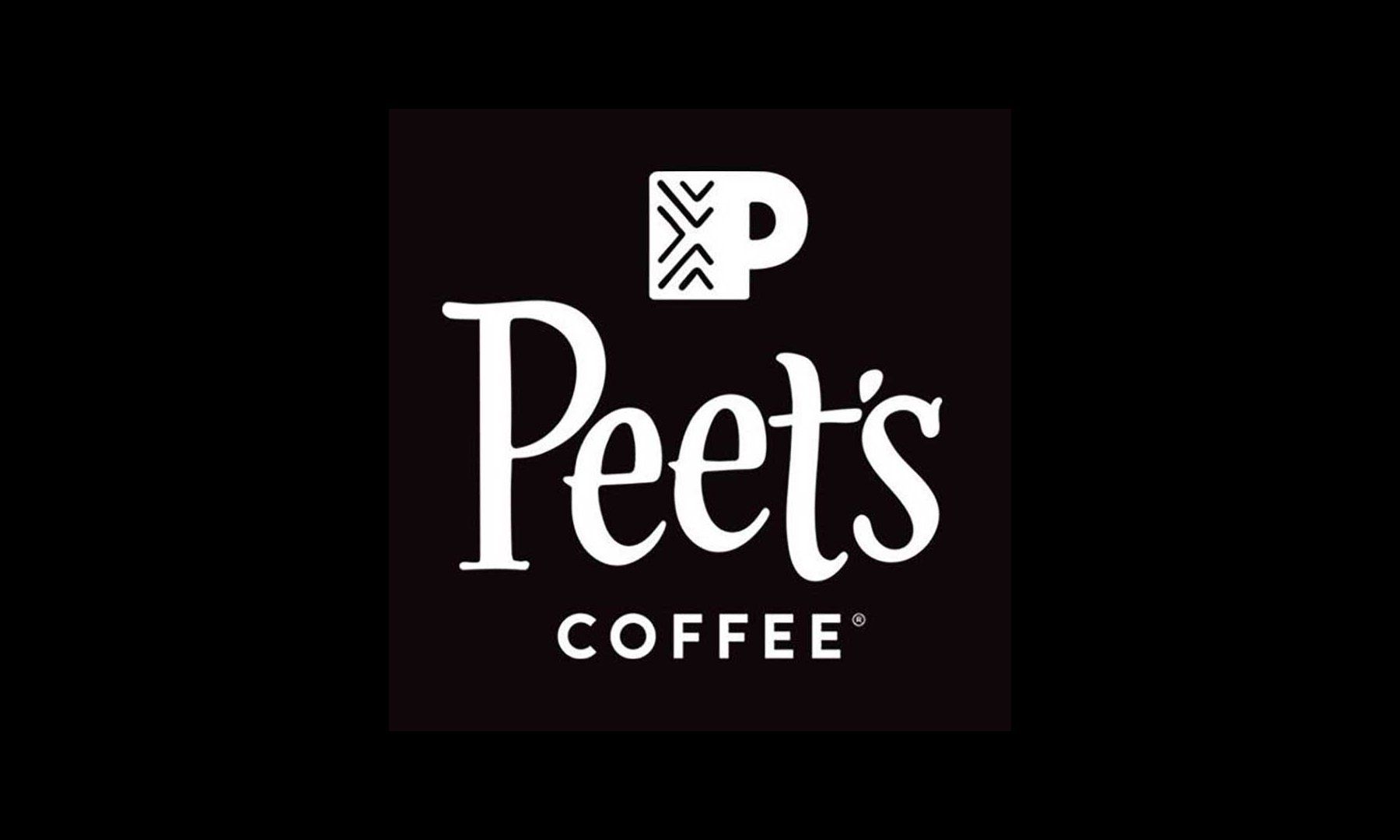
To see this blog post or others like it, visit: blog.peets.com

